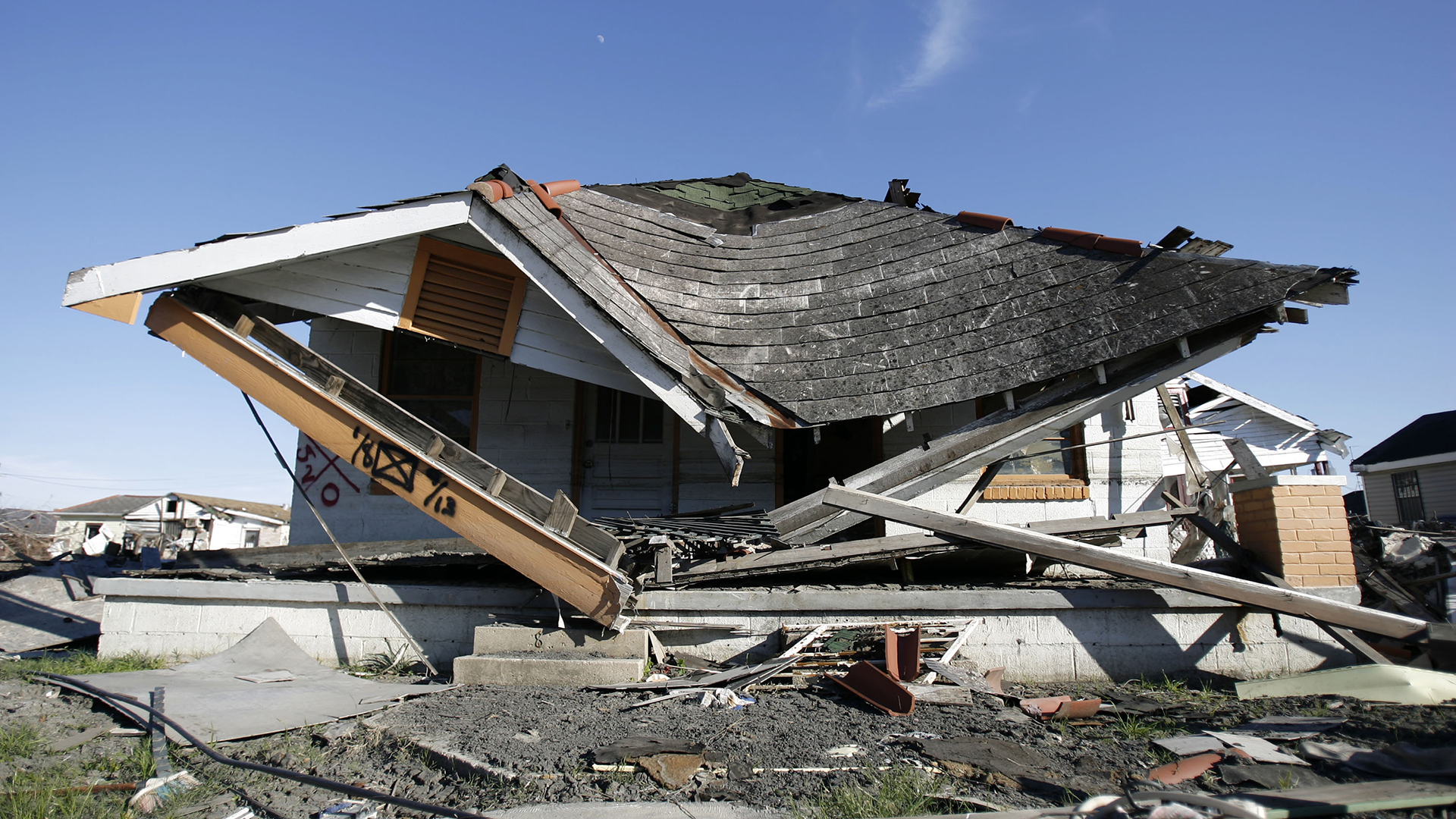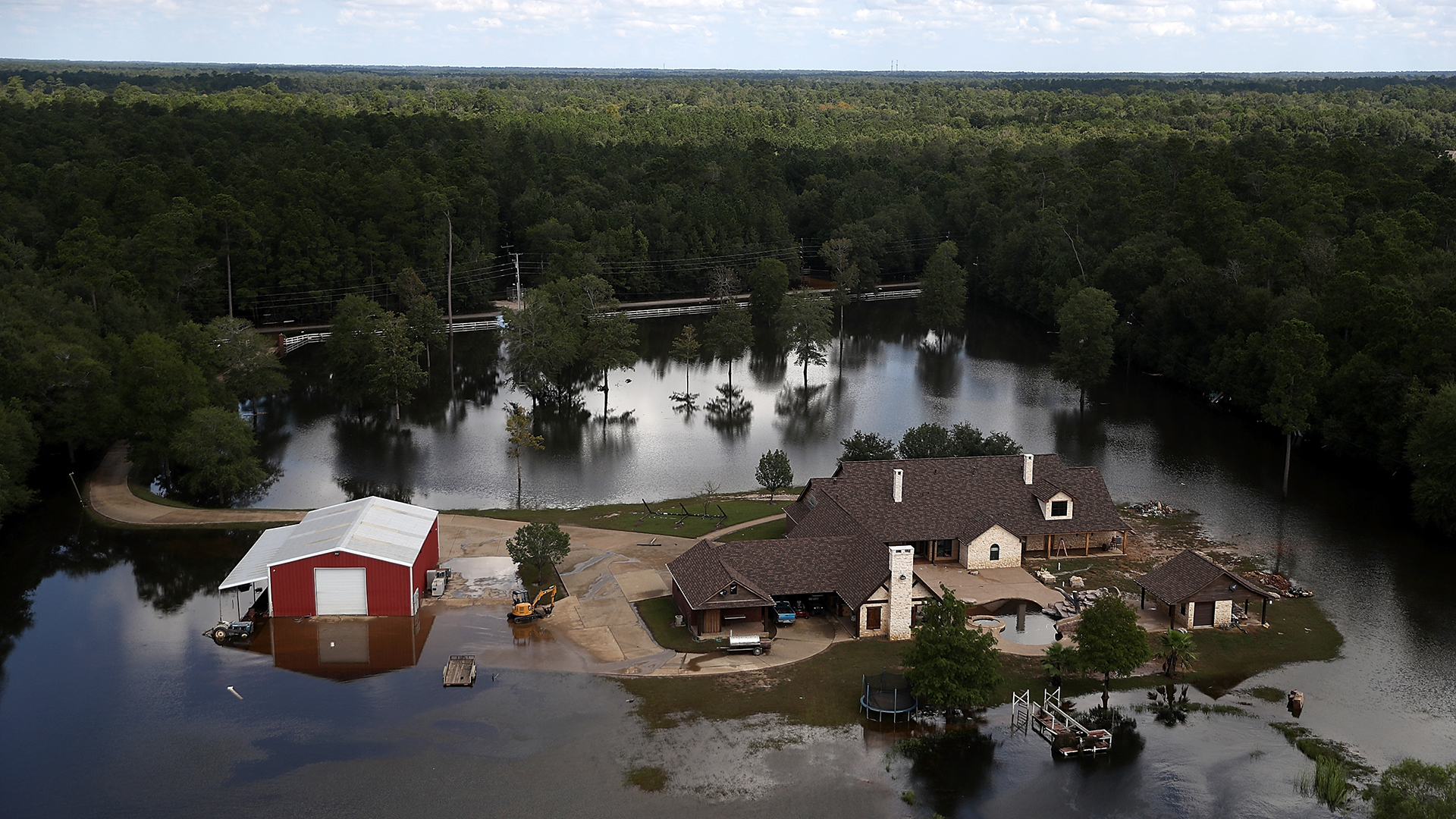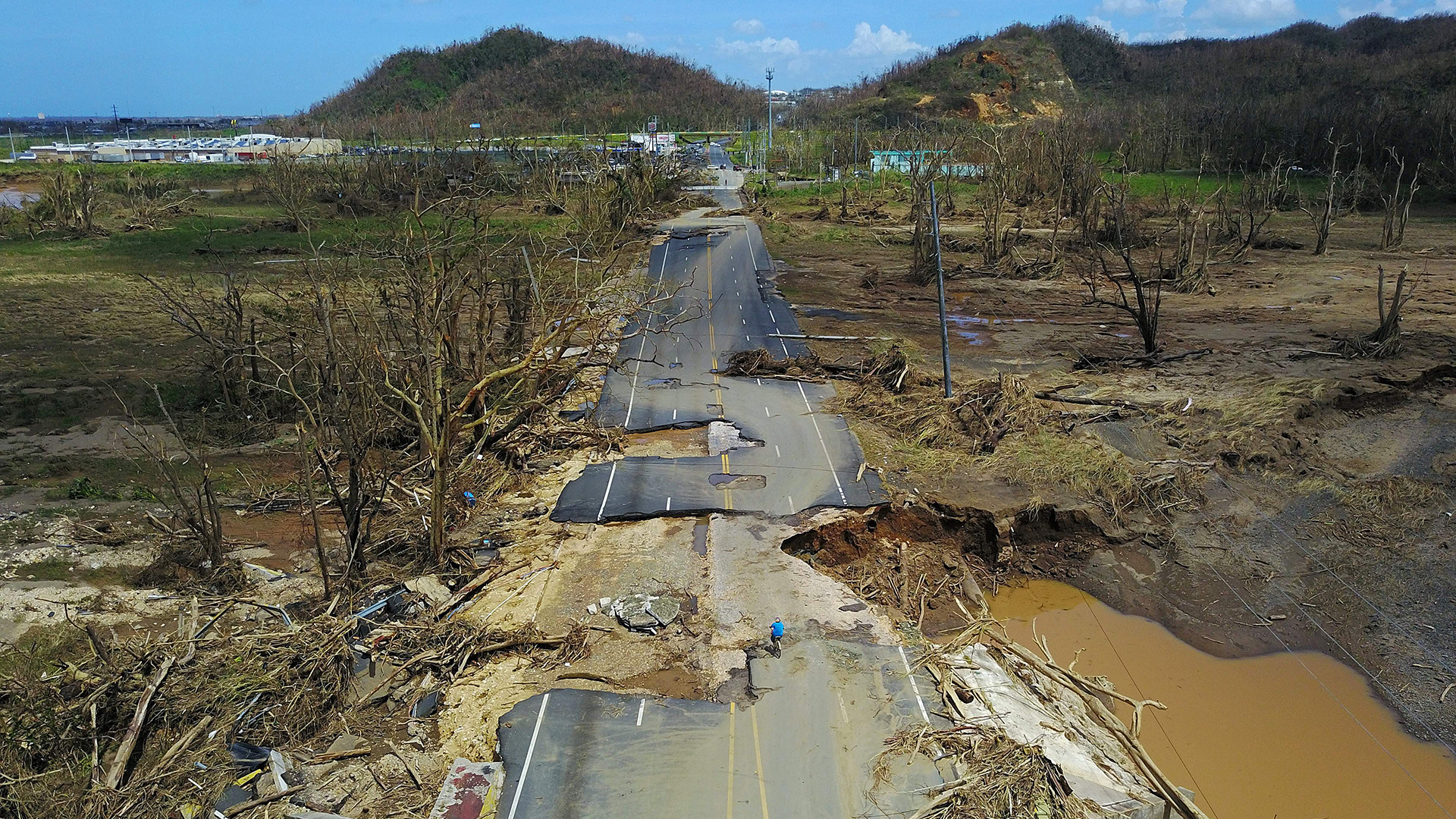Which hurricane caused the most damage?
It depends how you measure damage: by economic cost or lives lost.

Powerful winds, drenching rain and towering storm surges make hurricanes not only some of the planet’s most violent storms, but also the "costliest natural disasters in the United States," researchers reported in 2019 in the journal PNAS. Ranking the most damaging hurricanes, however, depends on the measure used: usually, financial cost or lives lost.
By economic accounting, 2005’s Hurricane Katrina usually tops the list (though models adjusting for economic growth place a 1926 Miami storm first). Meanwhile, the deadliest hurricane struck the Caribbean in 1780, causing more than 22,000 deaths, Eric Jay Dolin, author of "A Furious Sky: The Five-Hundred-Year History of America's Hurricanes" (2020, Liveright), told Live Science. (By definition, a “hurricane” is a tropical cyclone in the Atlantic or Eastern Pacific oceans, while other parts of the world call these storms typhoons or cyclones — some of which have been deadlier.)
Most expensive
Katrina was "the most expensive hurricane of all time," causing about $125 billion in damage when it devastated New Orleans and other Gulf Coast areas, Jay Dolin said.
That cost exceeded $186 billion in 2022 dollars, according to the National Oceanic and Atmospheric Administration (NOAA), a tally that dwarfs the $54 billion in expected yearly losses from all hurricanes, according to a 2019 U.S. Congressional Budget Office estimate. Katrina’s losses swallowed 1% of the U.S. gross domestic product (GDP), or the total value of goods produced and services provided by a country in one year, according to the PNAS study.
Related: Hurricane season 2022: How long it lasts and what to expect
Katrina’s devastation came primarily from storm surge — a temporary rise in ocean level that can flood coastal areas. During that storm, surges of 10 to 28 feet (3 to 9 meters) overwhelmed regions along the Gulf Coast, breaching levees in New Orleans.
The next most costly hurricane was 2017’s Hurricane Harvey, which caused $149 billion of damage (in 2022 dollars), mostly due to "rainfall that produced widespread flooding across southeast Texas, including Houston," John Nielsen-Gammon, a professor of atmospheric sciences at Texas A&M University, told Live Science.
Sign up for the Live Science daily newsletter now
Get the world’s most fascinating discoveries delivered straight to your inbox.

Those two storms top the list for financial damage both worldwide and in the U.S., which is no coincidence, Nielsen-Gammon added. "The most damaging hurricanes in terms of monetary damage are most likely to occur where you have lots of expensive infrastructure," he said. "That’s why two United States hurricanes top the list."
Storms that affect U.S. territories can, therefore, also tally costly damage. In 2017, Hurricane Maria caused $107 billion in damages (in 2022 dollars) in Puerto Rico, placing it third on NOAA’s list of costliest U.S. storms. Hurricane Sandy, which inundated New York City’s subway tunnels and other areas in 2012, comes next on the list ($82 billion), followed by 2021’s Hurricane Ida, which flooded Louisiana and spawned tornadoes farther north ($79 billion).

Coming in sixth on NOAA's list, 2017’s Hurricane Irma battered various Caribbean Islands, including Puerto Rico, causing a total of $59.5 billion in property and infrastructure damage. (Rankings that include non-U.S. losses may reshuffle the order, placing Irma ahead of Sandy, for example, as in the World Meteorological Organization list.)
Other wealthy countries also report high economic costs from tropical cyclones, Hugh E. Willoughby, an Earth and environment professor at Florida International University in Miami, told Live Science. For example, 2019’s Typhoon Hagibis saddled Japan with roughly $15 billion of damage (2019 U.S. dollars), according to a study published May 2022 in the journal Climatic Change.
A deadly toll
The Great Hurricane of 1780 tops the list of most damaging hurricanes as measured by lives lost. It killed more than 22,000 people, with the highest death tolls on the islands of Barbados, Martinique and Sint Eustatius, Dolin said. Galveston’s 1910 storm, the deadliest hurricane in the U.S., killed 6,000 to 12,000 people in the then-popular vacation spot, Dolin said.
In the U.S., the number of lives lost to hurricanes has dramatically dropped over the years, thanks to improvements in warning systems and mitigation strategies, such as sea walls that protect against deadly storm surges. Katrina, tragically, bucked that trend, killing more than 1,800 people, which made it the deadliest modern U.S. hurricane, Dolin said.
However, populations are likely to be more vulnerable to powerful storms in developing countries, where warning and storm defense systems may have not improved as much. In 1998, Hurricane Mitch killed 9,000 to 11,000 people in Honduras and Nicaragua, Nielsen-Gammon said. Tropical cyclones by other names in the rest of the world have caused even more loss of life. A 1970 Bangladesh cyclone had the highest death toll ever: an astronomical 300,000 to 500,000 people in the low-lying, densely populated country died, Nielsen-Gammon said.
Originally published on Live Science.

Michael Dhar is a science editor and writer based in Chicago. He has an MS in bioinformatics from NYU Tandon School of Engineering, an MA in English literature from Columbia University and a BA in English from the University of Iowa. He has written about health and science for Live Science, Scientific American, Space.com, The Fix, Earth.com and others and has edited for the American Medical Association and other organizations.










